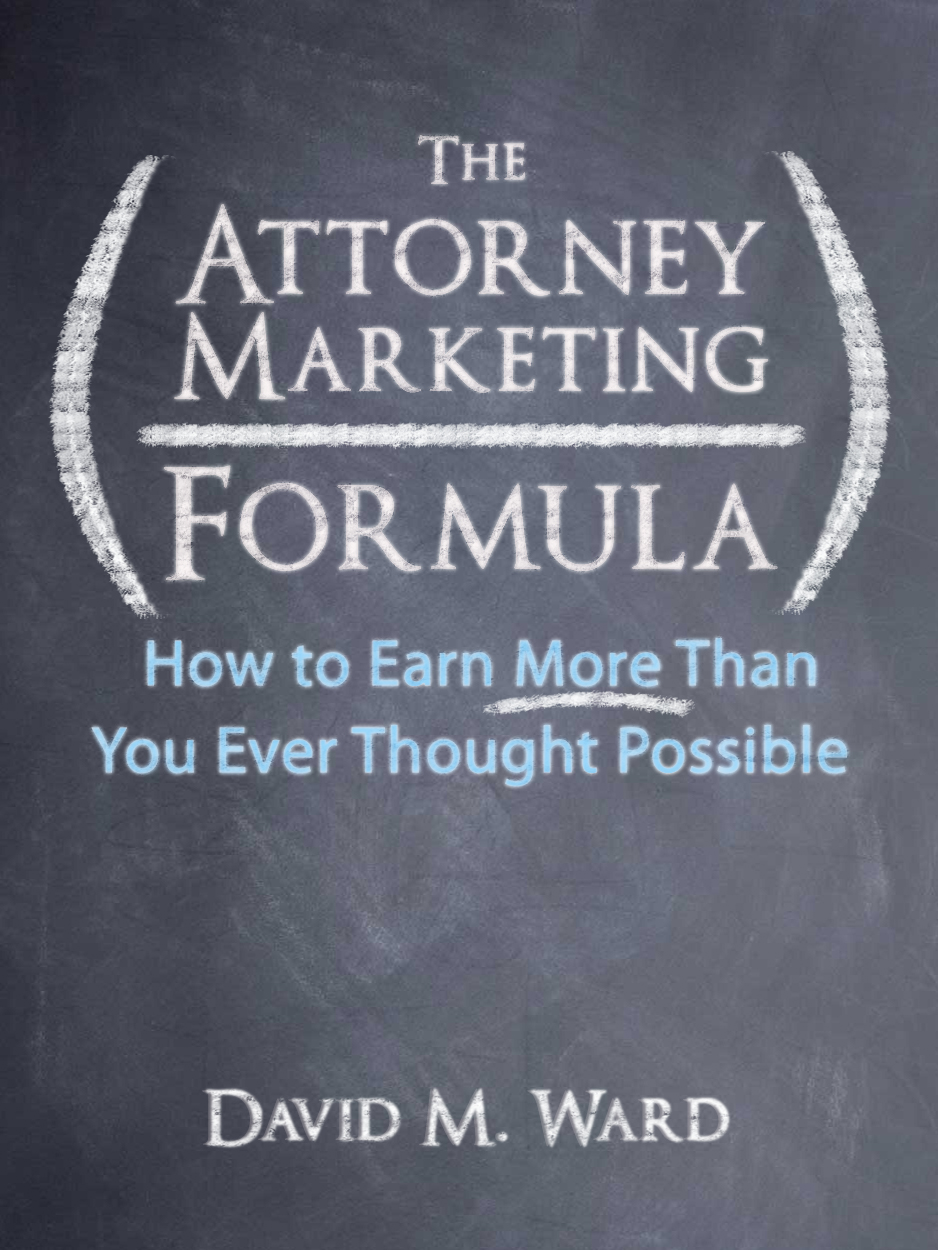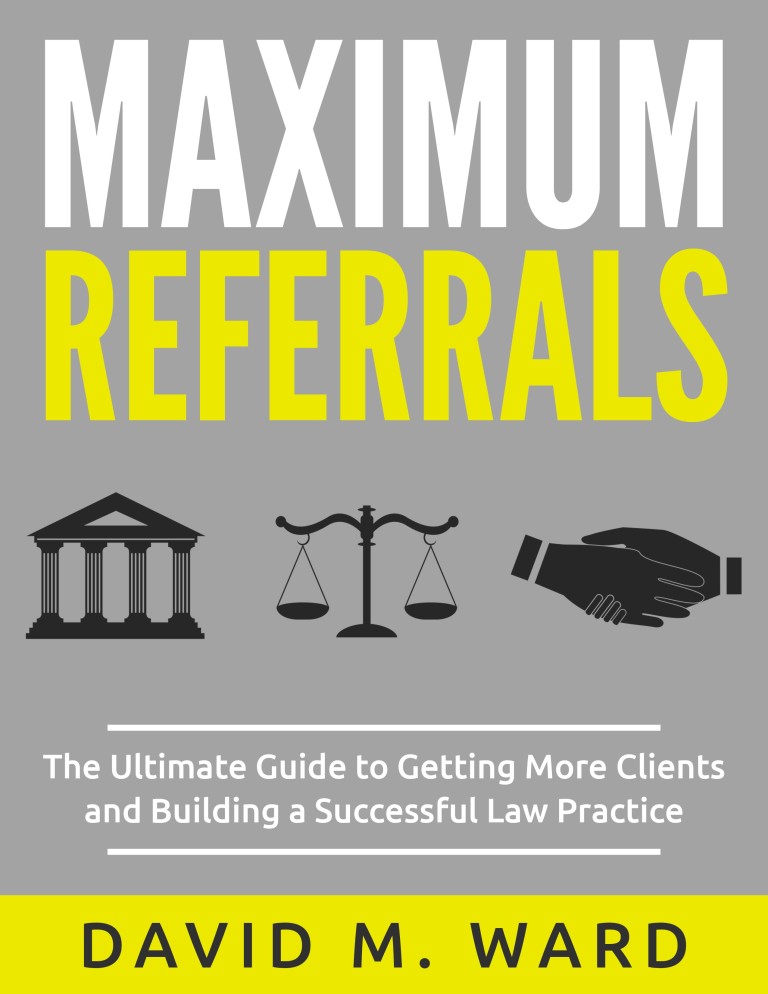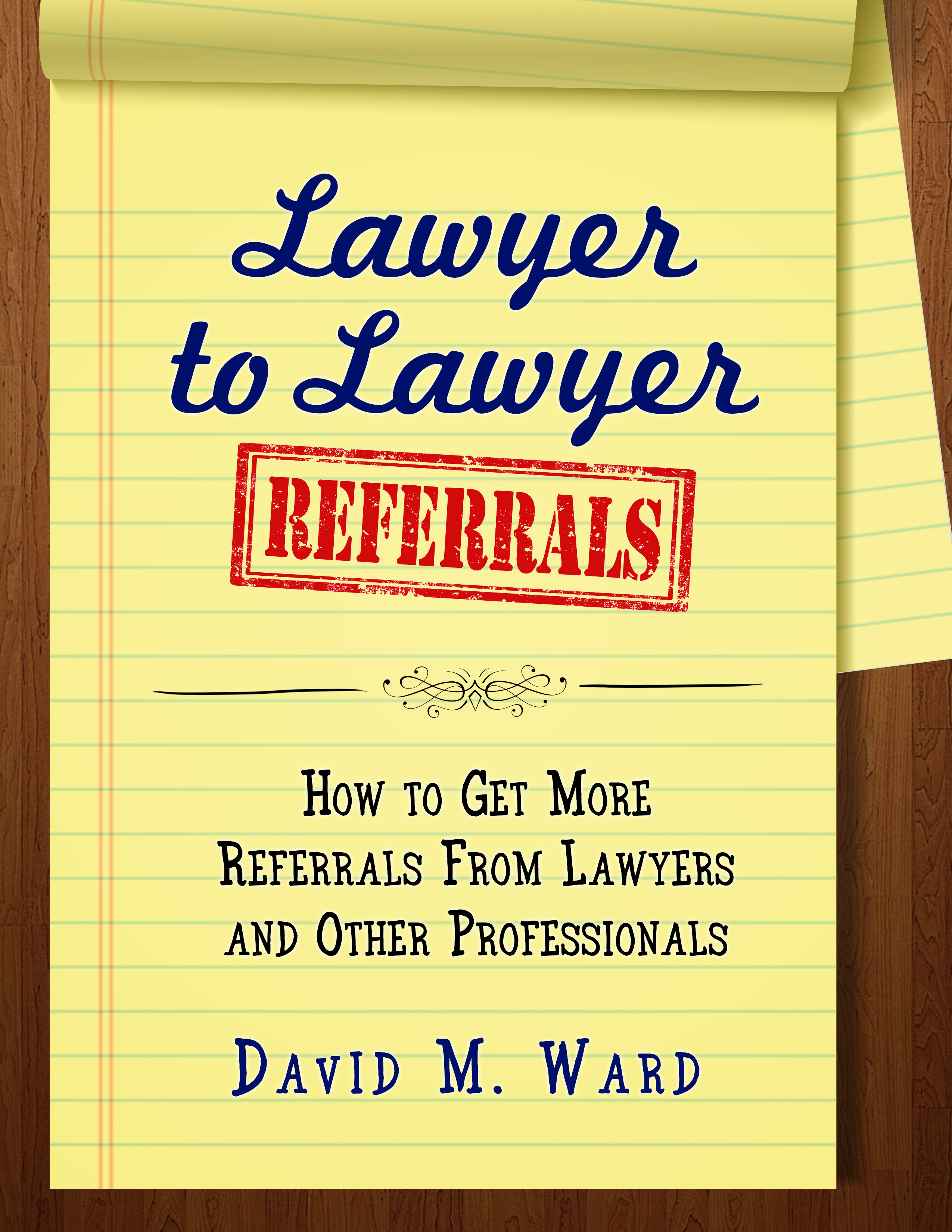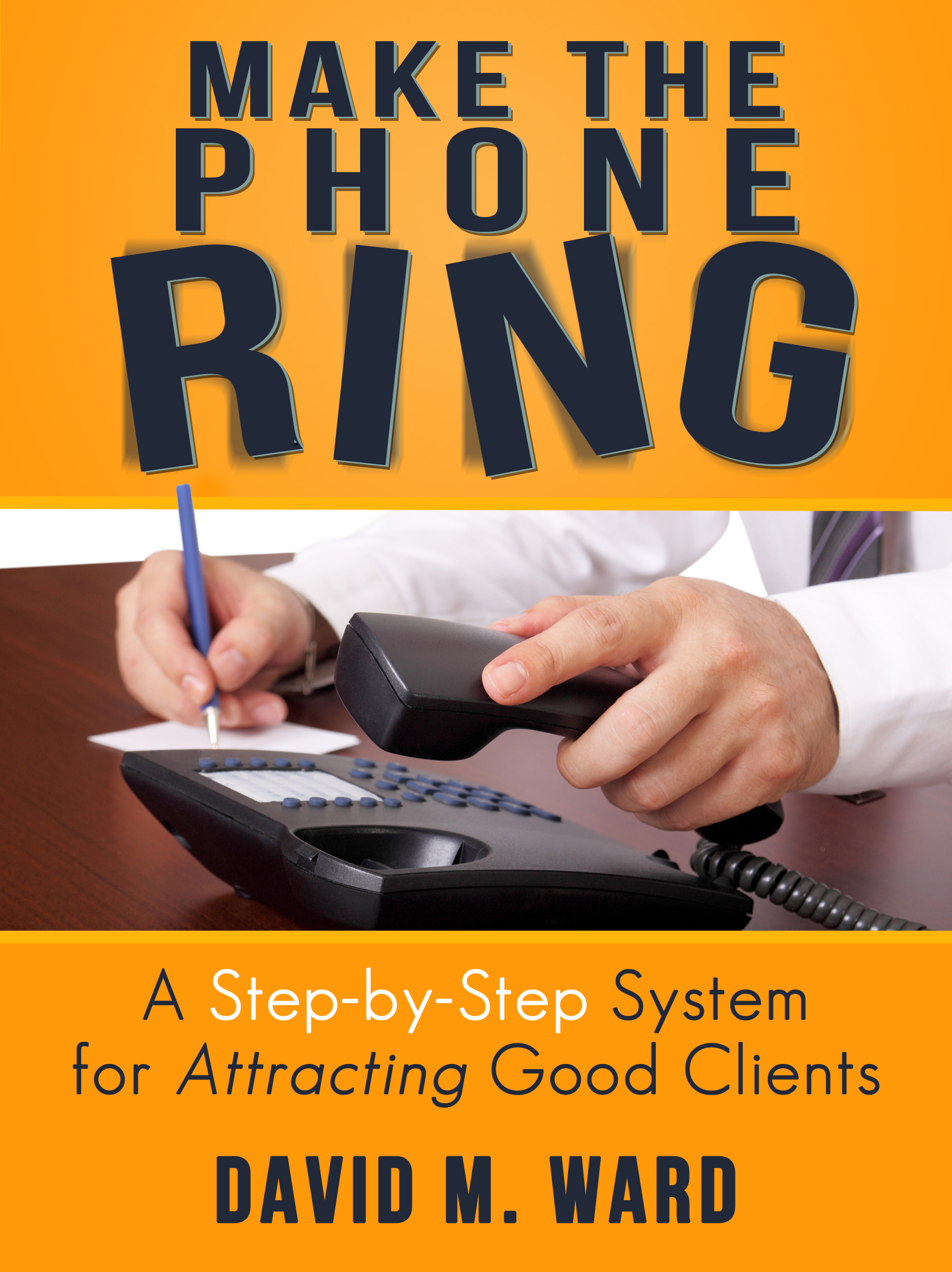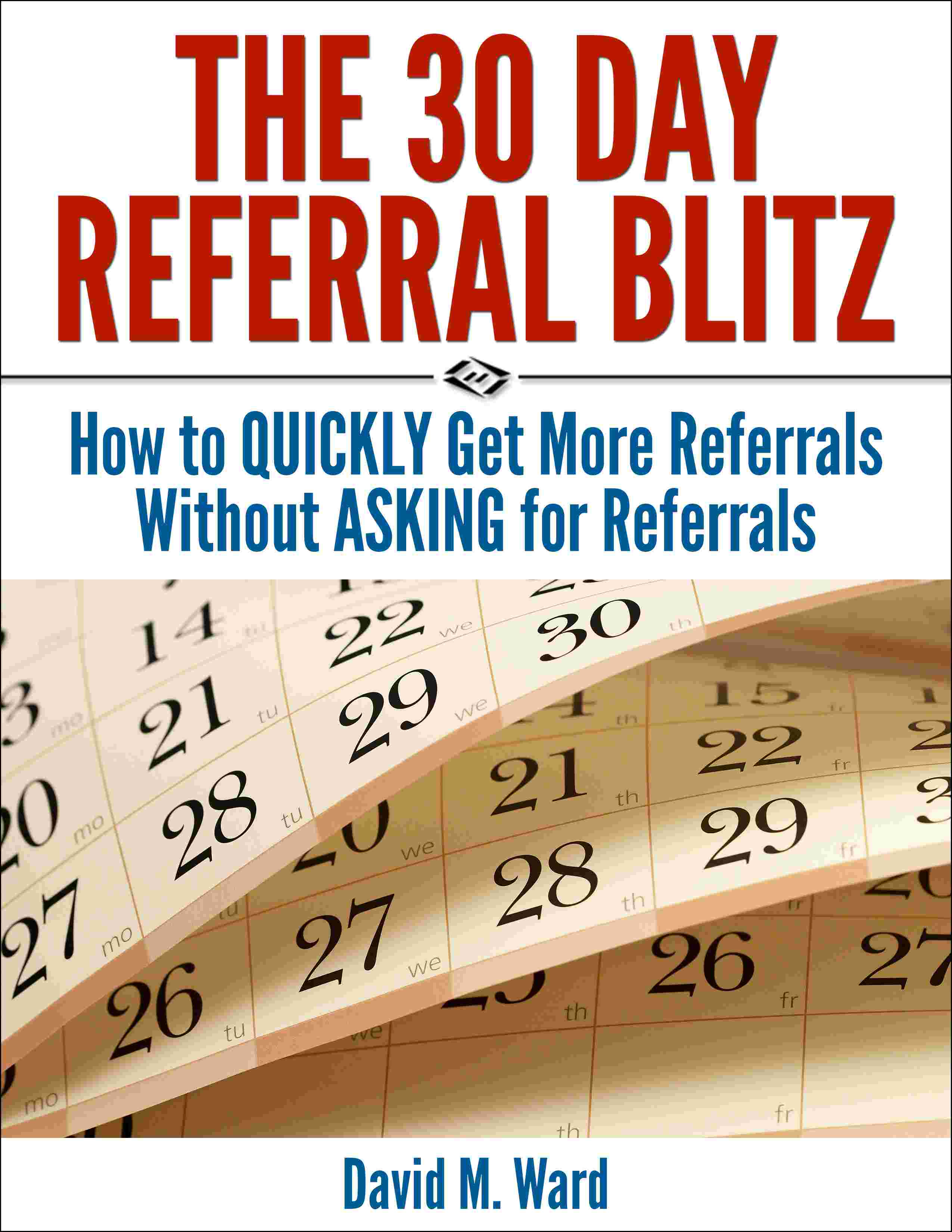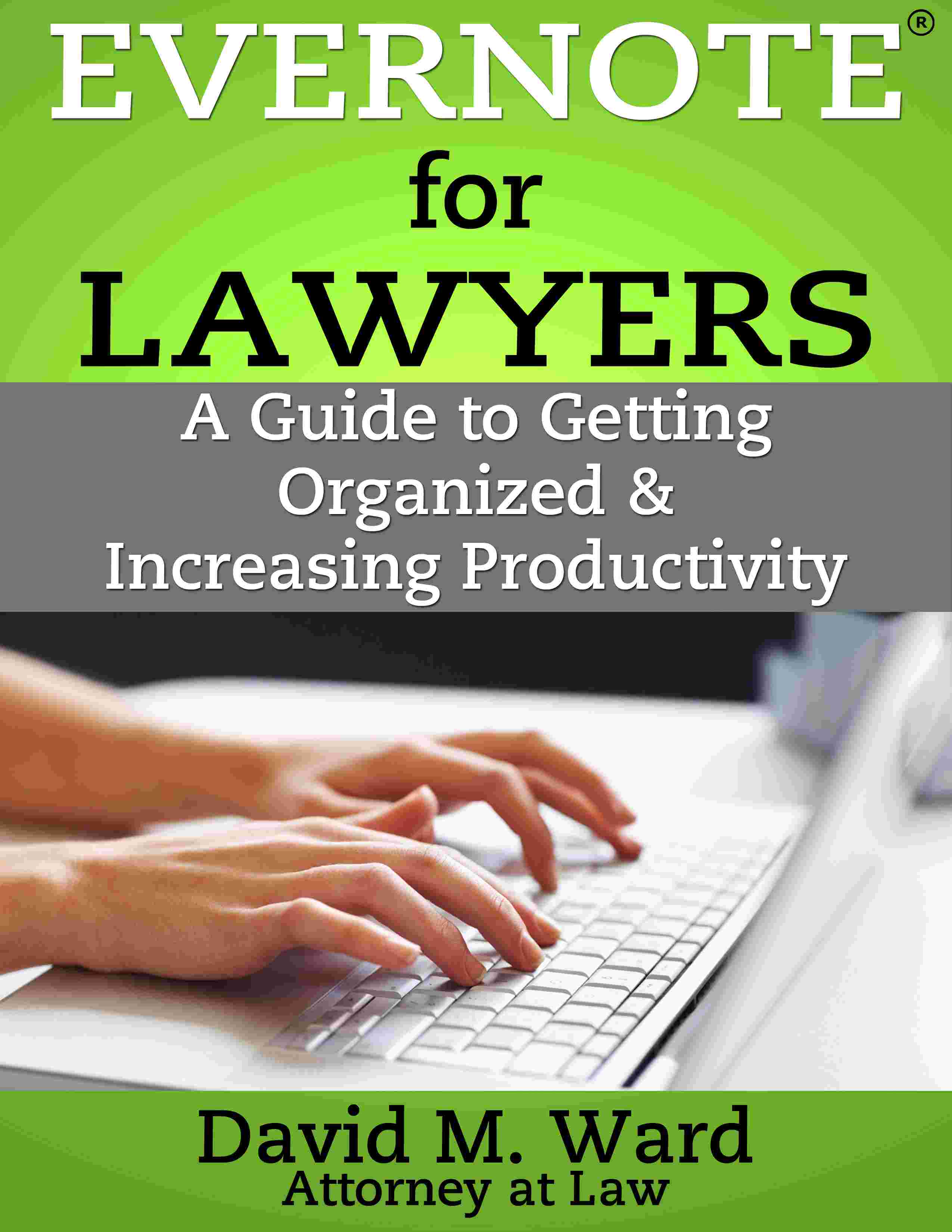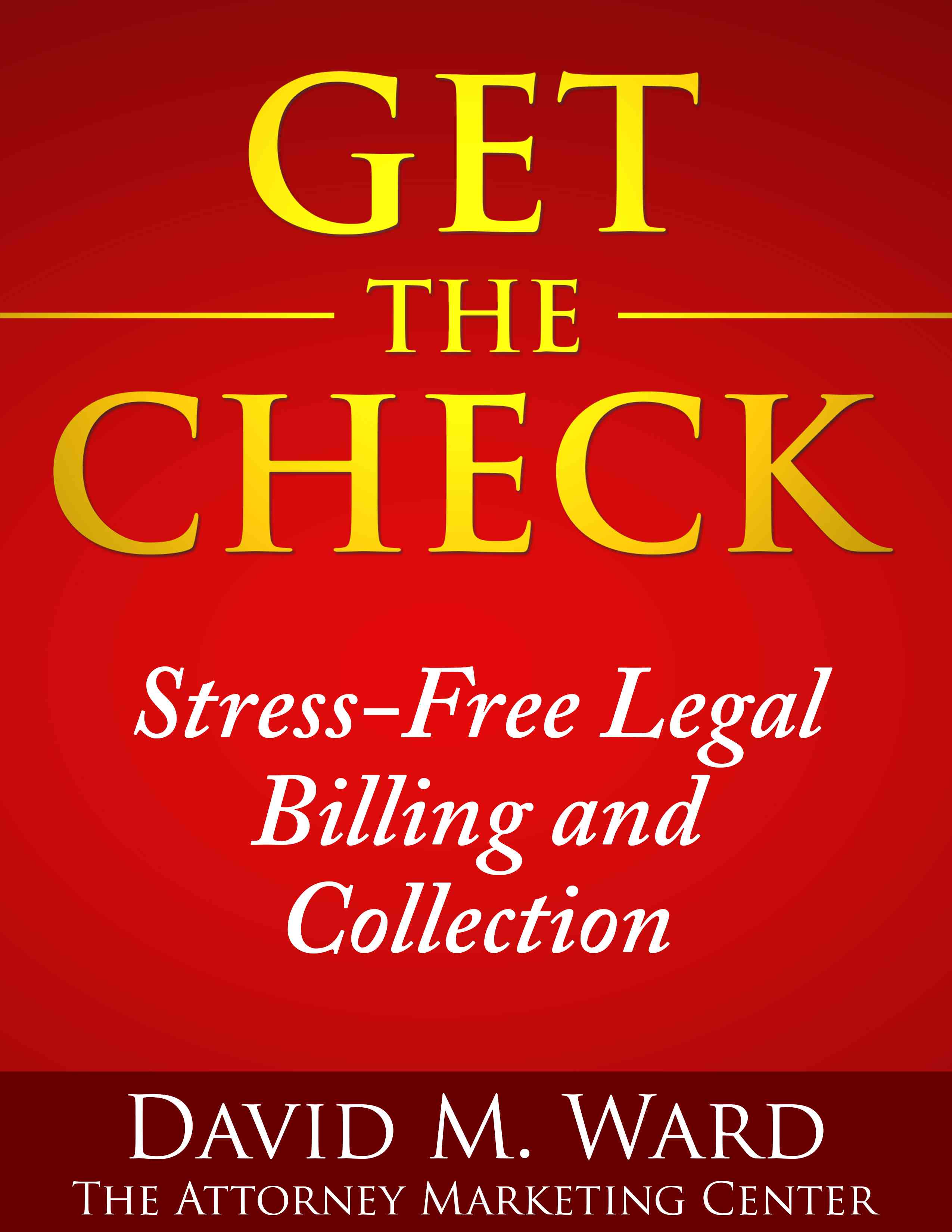What’s a simple way to engage your subscribers, friends, and followers?
If you said “asking questions” you’re right.
Questions make people think, and whether they respond to you with answers to those questions, or respond mentally, you’ve connected with them in a deeper way than you would if you merely told them something.
You can ask questions parenthetically, like I did here, or with something a bit more formal via a questionnaire, survey, or quiz.
Quizzes, in particular, are almost irresistible. People love to test themselves, to see how much they know.
If you handle real estate closings, for example, you might ask your readers a handful of questions about the mechanics and costs of closings, about the law, or best practices for homeowners planning to sell.
Your readers get to see how “smart” they are; you get them thinking about closings and about you as the go-to expert.
You also get to report the results of your quiz or survey in another blog post or article. Survey results tend to get a lot of readership as people check to see how they did compared to others.
You can also reprint those results and offer them as a lead magnet for future subscribers.
Suppose I asked you to respond to a survey about how many times you took the bar exam before you passed. Wouldn’t you be curious to find out what other lawyers said?
If you were on the fence about subscribing to my newsletter, offering a report summarizing those survey results might make you curious enough to pull the trigger.
Want more ways to build your list? Here

